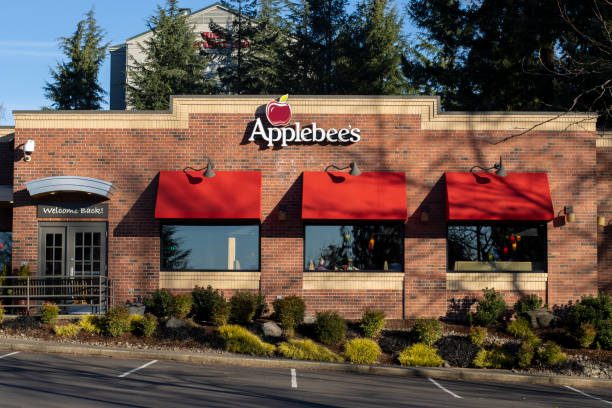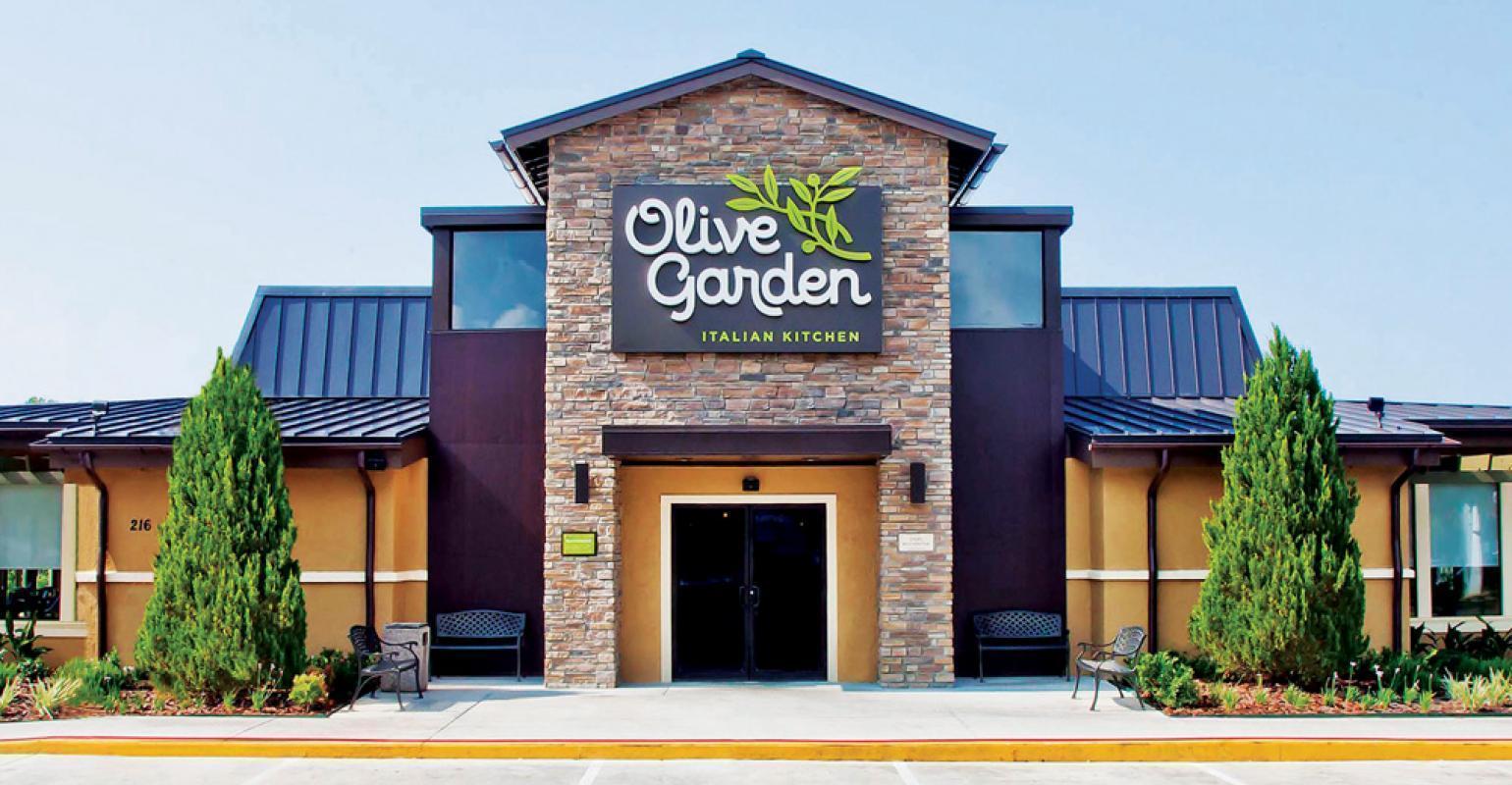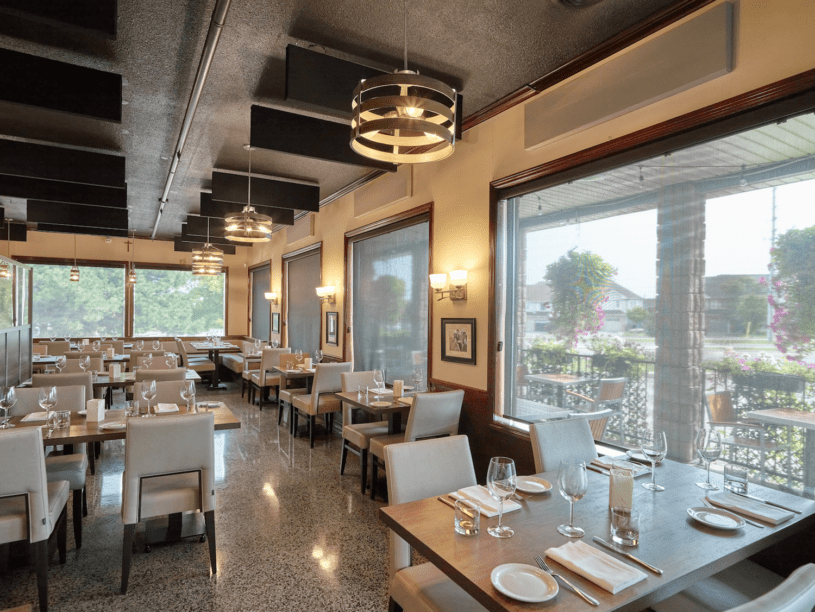
A Comprehensive Overview of Its Growth, Operations, and Management Style
Applebee’s Neighborhood Grill + Bar, commonly known simply as Applebee’s, is one of the most recognizable names in the American casual dining industry. Founded in 1980, the chain has grown to operate thousands of restaurants globally, focusing on offering a family-friendly dining experience. This essay will explore the origins, growth trajectory, operational strategies, and management style that have made Applebee’s a major player in the restaurant industry.[/vc_column_text]
The origins and Early Growth of Applebee’s
Applebee’s was founded by Bill and T.J. Palmer in 1980 in Decatur, Georgia. The original concept behind the restaurant was to create a place where neighbors could gather and enjoy good food at affordable prices in a relaxed, family-friendly setting. Initially named T.J. Applebee’s Rx for Edibles & Elixirs, the restaurant quickly gained popularity, leading to the opening of a second location.
In 1983, the Palmers sold the concept to W.R. Grace and Company, which accelerated Applebee’s expansion. The brand became Applebee’s International, Inc., with the company setting its sights on franchising as the primary mode of growth. The decision to focus on franchising was a pivotal one, enabling rapid expansion across the United States.
By 1989, Applebee’s had opened 100 locations, and by 1994, the company reached a significant milestone of 500 restaurants. This aggressive expansion continued throughout the 1990s and 2000s, as Applebee’s capitalized on America’s growing appetite for casual dining.
Applebee’s Today: Size and Global Presence
As of 2023, Applebee’s operates nearly 1,700 locations worldwide, making it one of the largest casual dining chains in the world. It is present in 49 U.S. states and has expanded into over 15 countries, including Canada, Mexico, Saudi Arabia, and Brazil. The brand’s focus remains on serving classic American dishes such as burgers, steaks, ribs, chicken, and salads, often with a localized twist to appeal to international markets.
- Annual Revenue: Applebee’s, as part of the parent company Dine Brands Global, Inc., generated around $2.1 billion in revenue in 2022 Number of Employees: The brand employs over 28,000 people globally.
- The majority of Applebee’s restaurants are franchised, with only a small portion being company-owned. Approximately 99% of its locations are franchise-operated, reflecting its commitment to a franchise-driven business model.
Business Model and Franchising Success
Applebee’s success has largely been driven by its franchise-based business model. By franchising, the brand has been able to expand rapidly without the financial burden of owning and operating every location. Franchisees are responsible for the day-to-day operations of their respective locations while adhering to corporate guidelines, ensuring brand consistency.
- Initial Franchise Cost: To open a new Applebee’s location, franchisees typically invest between $2.5 million and $4.5 million, including startup fees and other capital expenditures.
- Franchise Royalties: Franchisees are required to pay 4% to 5% of their gross sales in royalty fees to Applebee’s, as well as contribute 2% to 3% of their sales to an advertising fund.
The company provides extensive support to its franchisees, including marketing, training, menu development, and real estate guidance. This support structure ensures that franchisees operate efficiently and uphold the brand’s standards across all locations.
Management and Leadership Style
Applebee’s has undergone several changes in leadership and ownership since its inception. In 2007, the brand was acquired by Dine Brands Global, Inc., which also owns IHOP. This acquisition was valued at approximately $2.1 billion, marking a major consolidation in the casual dining sector.
The management style at Applebee’s focuses heavily on franchisee empowerment and decentralized leadership. Each franchise location is run by a local operator who is empowered to make decisions that cater to the needs of their specific market, while still adhering to the brand’s overarching guidelines. This decentralized approach allows for greater flexibility, particularly when it comes to menu customization and promotions that appeal to local tastes.
At the corporate level, Applebee’s emphasizes data-driven decision-making and operational efficiency. By analyzing customer behavior, sales data, and market trends, the company adjusts its strategies to optimize performance. For example, the introduction of the 2 for $20 and Neighborhood Drinks promotions were the result of extensive market research that showed customers were looking for more value-oriented dining options during the recession in 2008.
Applebee’s leadership also places a strong focus on employee development. Through training programs such as Applebee’s University, both corporate staff and franchise employees are equipped with the skills they need to provide exceptional customer service and manage operations efficiently.
Adaptation to Market Trends and Challenges.
Over the years, Applebee’s has faced numerous challenges, particularly with the rise of health-conscious consumers and increasing competition from fast-casual chains. To address these challenges, Applebee’s has continuously evolved its menu and operational practices.
- Menu Innovation: The brand has introduced healthier menu options, such as salads, low-calorie dishes, and plant-based alternatives, to cater to changing consumer preferences. Additionally, seasonal menu changes and limited-time offers keep the menu fresh and engaging for returning customers.
- Technology and Digital Integration: Applebee’s has invested heavily in digital technology to enhance the customer experience. The introduction of tabletop tablets at many locations allows customers to order, play games, and pay their bills directly from their tables. In addition, Applebee’s app and website have been upgraded to support online ordering, contactless payments, and loyalty programs, helping the brand stay competitive in the growing digital marketplace.
- Delivery and Takeout Expansion: During the COVID-19 pandemic, Applebee’s saw a significant shift toward delivery and takeout services. The brand quickly adapted by enhancing its to-go and delivery operations, partnering with third-party delivery services like DoorDash and Uber Eats to meet the rising demand for off-premise dining. As of 2022, Applebee’s off-premise sales account for about 30% of total sales, showcasing the company’s successful pivot.
- The “Eatin’ Good in the Neighborhood” Campaign: Applebee’s has long marketed itself as the go-to restaurant for affordable, hearty meals that evoke a sense of community. Their Eatin’ Good in the Neighborhood campaign highlights the brand’s focus on being a familiar and comforting place for families, friends, and neighbors to gather. This brand positioning has helped Applebee’s remain relevant, even as trends in the dining industry shift toward more specialized or upscale options.
Challenges and Criticisms
Like any major restaurant chain, Applebee’s has faced its share of criticism. During the mid-2010s, the brand suffered from declining sales, leading to the closure of several underperforming locations. The main criticism revolved around its aging menu and décor, which were seen as outdated compared to newer, more innovative competitors in the casual and fast-casual dining space.
However, under the leadership of Steve Joyce, who became CEO of Dine Brands in 2017, Applebee’s initiated a turnaround strategy. This included refreshing the menu, modernizing restaurant interiors, and re-emphasizing the value-oriented promotions that had been successful in the past. As a result, the brand has seen a return to profitability and growth in recent years.
Conclusion
Applebee’s journey from a single restaurant in Georgia to one of the world’s largest casual dining chains is a testament to its ability to evolve and adapt. Through strategic franchising, a focus on operational efficiency, and a commitment to understanding consumer preferences, Applebee’s has remained a dominant force in the restaurant industry for over four decades. Despite challenges and changing market trends, Applebee’s continues to serve as a beloved neighborhood gathering spot, “Eatin’ Good in the Neighborhood,” and remains a symbol of casual American dining.
With nearly 1,700 locations, a robust franchise network, and an evolving menu, Applebee’s stands strong as a leading player in the competitive landscape of casual dining, poised for continued success in the years ahead



